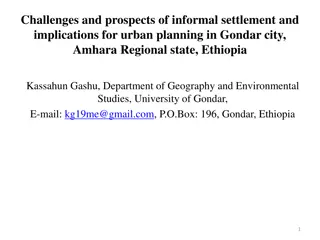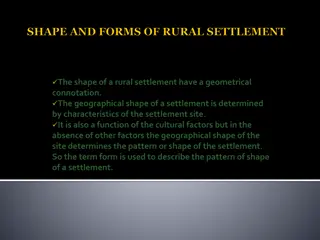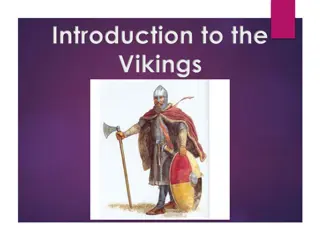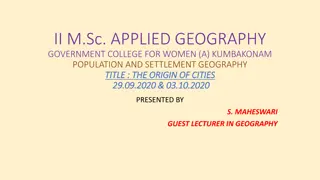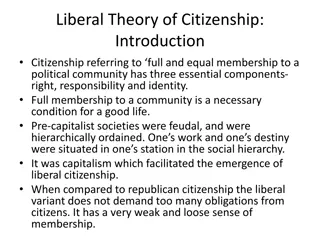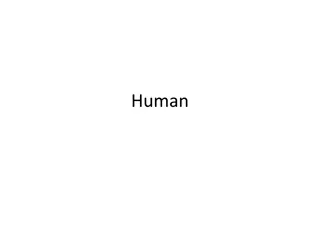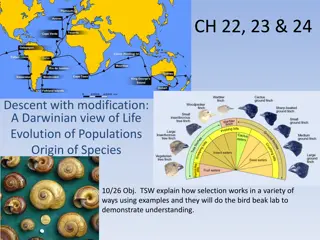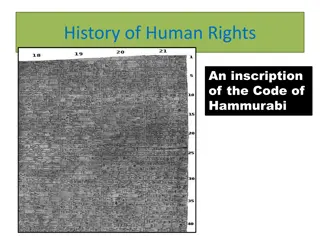Evolution of Human Settlements: A Historical Overview
Human settlements have evolved through five major phases, from primitive non-organised communities to the development of static and dynamic urban settlements, leading to the concept of a universal city. These phases reflect the shift from smaller agricultural communities to more organized and interconnected urban centers, demonstrating the progression and complexity of human settlement patterns over time.
Download Presentation

Please find below an Image/Link to download the presentation.
The content on the website is provided AS IS for your information and personal use only. It may not be sold, licensed, or shared on other websites without obtaining consent from the author. Download presentation by click this link. If you encounter any issues during the download, it is possible that the publisher has removed the file from their server.
E N D
Presentation Transcript
ORIGIN/HISTORICAL EVOLUTION OF HUMAN SETTLEMENTS Course Title: Settlement Geography Course Code: Maj/Geo-309 Course Instructor: Ms. Amna Afzal
Five Major Phases Primitive non-organised human settlements (started with the evolution of man.) Primitive organised settlements ( the period of villages - eopolis - which lasted about 10,000 years.) Static urban settlements or cities (polis - which lasted about 5,000-6,000 years.) Dynamic urban settlements (dynapolis - which lasted 200 - 400 years.) The universal city (ecumenopolis - which is now beginning.)
Primitive Non-organised Human Settlements. The communities take up a smaller area where they are agricultural, and a larger one where they are hunting and cattle-breeding communities. on a macro scale, they consists of a nucleus which is the built-up part of the human settlement, and several parts which lead out into the open, thinning out until they disappear.
There is no physical lines connecting this primitive settlement with others; there are no networks between settlements
Primitive Organised Settlements Era of organised agriculture, settlements also began to show some characteristics of organisation In initial the human had one-room dwelling in circular form, to organise the relationship of his community with other communities he expanded his dwelling by placing many round forms side by side.
Due to the loss of space between them, they developed more regular shapes with no space lost between them. The evolution reached the stage at which a rectilinear pattern develops into a regular grid - iron one.
Static Urban Settlements As settlements grew in size, man came to realise that the principle of the single-nucleus was not always valid in the internal organisation of the total shells of the community, at this single nodal point, which was adequate for the village and for small cities, no longer sufficed. The first thing to happen was the expansion of the nucleus in one or more directions; it was no longer limited to the settlement's center of gravity.
Example: The small settlement of Priene, in ancient Greece, where the central nucleus expanded in two ways: First in a linear form along a main street which contained shops that would normally be clustered in the central agora. Secondly through the decentralization of some functions, such as temples.
Dynamic Urban Settlement In the dynamic urban phase, settlements in space are characterized by continuous growth. Hence, all their problems are continuously intensified and new ones continuously created.
Cont. Dynamic settlements, created as a result of an industrial technological revolution, multiplying in number and form, and now being created at an even higher rate. The evils described in them are the evils of yesterday which are being multiplied today in a very dangerous manner. This makes the dynamic settlement completely different from any other category of settlements and a real threat to humanity itself.
Mans Position is Dangerous in the Dynamic Settlement
Early Dynapolis This is the phase when small independent human settlements with independent administrative units are beginning to grow beyond their initial boundaries. From the economic point of view this development is related to industrialization, and from the technological point of view to the railroad era, which first made commuting from distance points possible.
Metropolis /Dynametropolis Fate of the historical metropolises has been dynamic growth, a static phase, and then death Static phase for a metropolis is the prelude of its decline and death Dynamic metropolis, after losing its momentum for growth, becomes negatively dynamic.
Megalopolis /Dynamegalopolis A megalopolis has the same external characteristics as the metropolis, the only difference being that every phenomenon appears on a much larger scale. It is characteristic that all phenomenon of the development of human settlements up to the metropolis shown on a 100 sq.km. Scale, for megalopolis would be 1,000sq.km.
Ecumenopolis: Regardless of whether dynamic settlements are simple (Dynapolis), or composite (metropolises and megalopolises), they have been growing continuously during the last centuries and this is apparent everywhere at present i.e. the whole Earth will be covered by one human settlement.






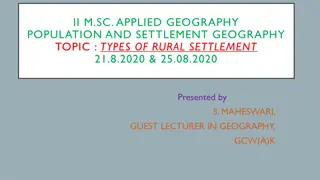


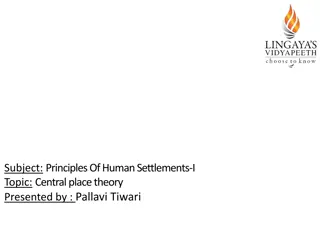
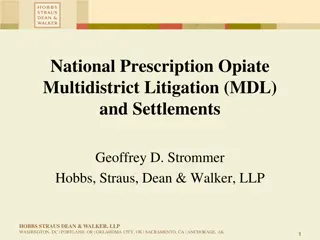
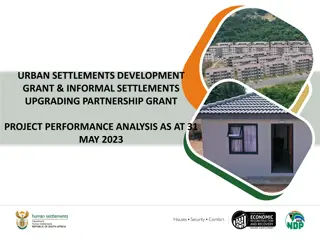

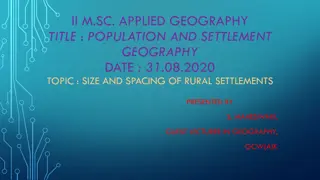







![Property Settlements in Family Law: Case Study of Stamatou & Stamatou [2022] FedCFamC1F 241](/thumb/63303/property-settlements-in-family-law-case-study-of-stamatou-stamatou-2022-fedcfamc1f-241.jpg)
